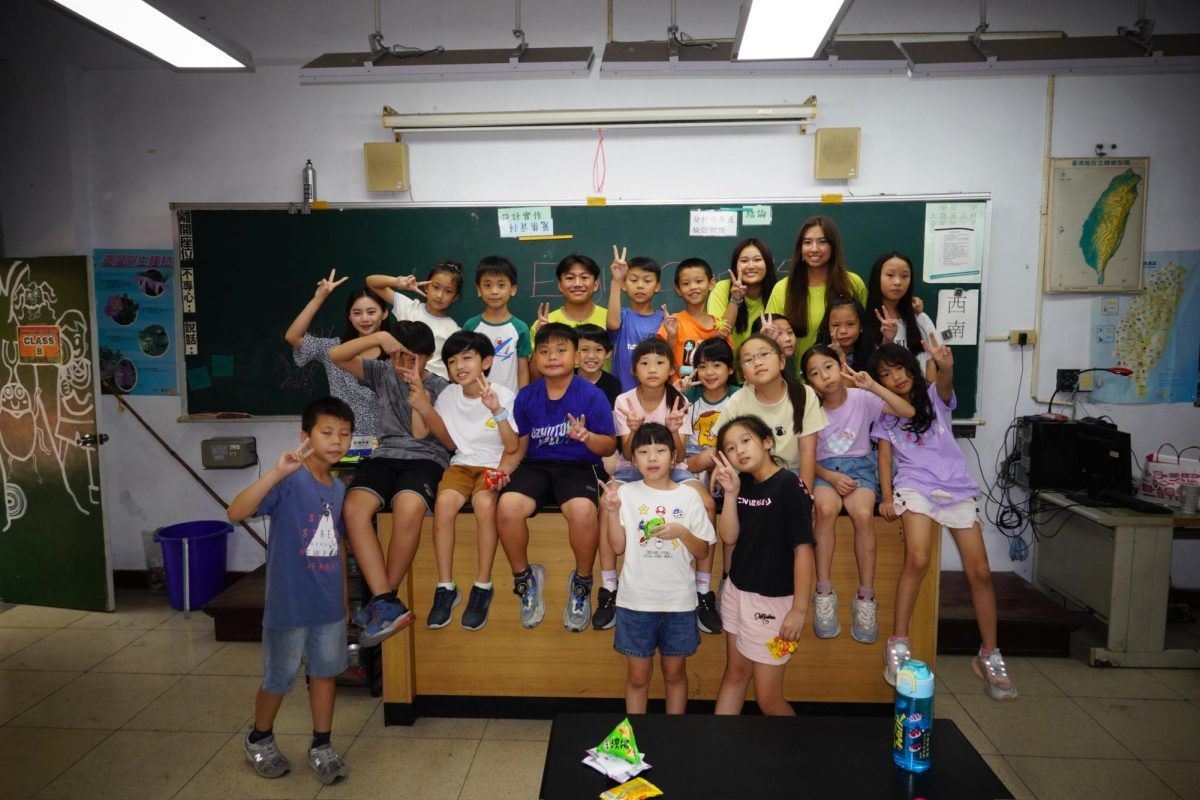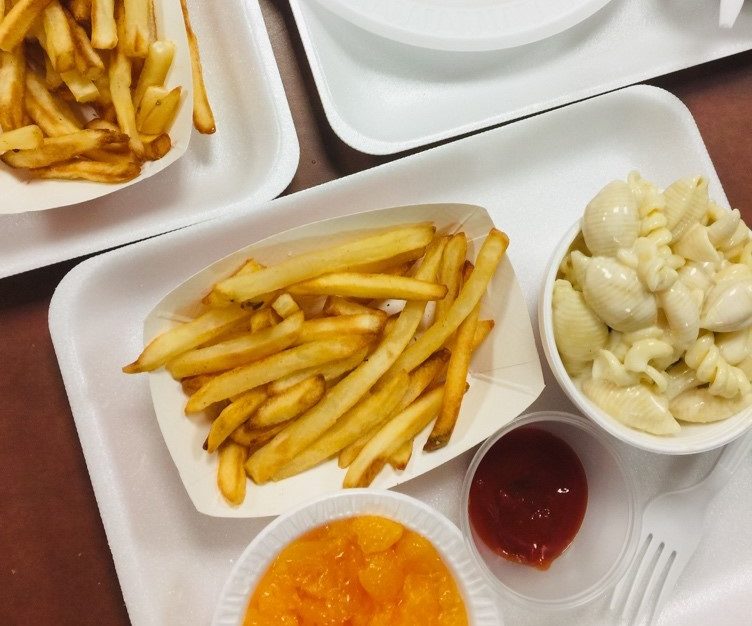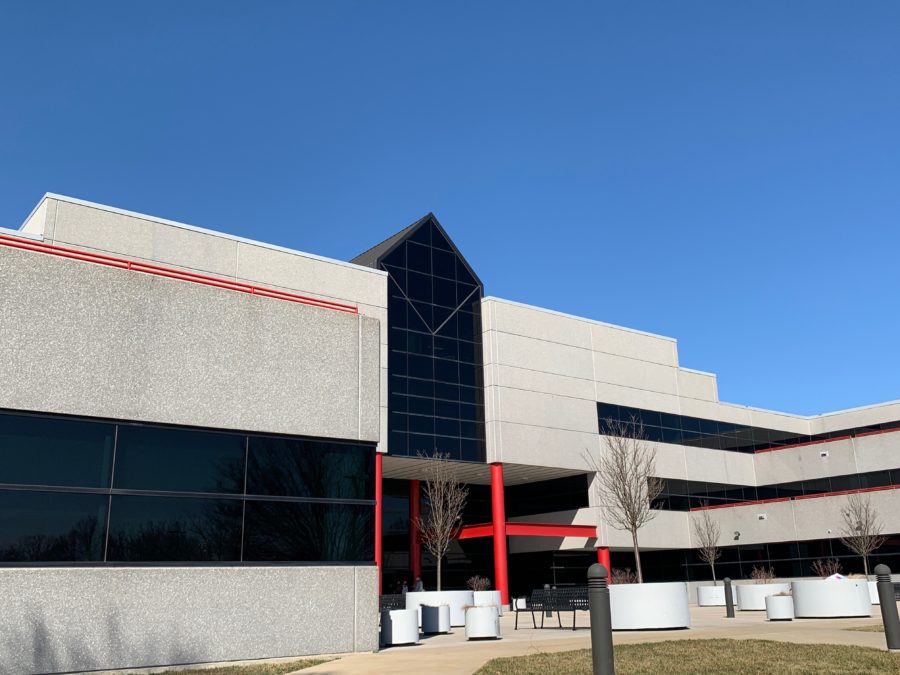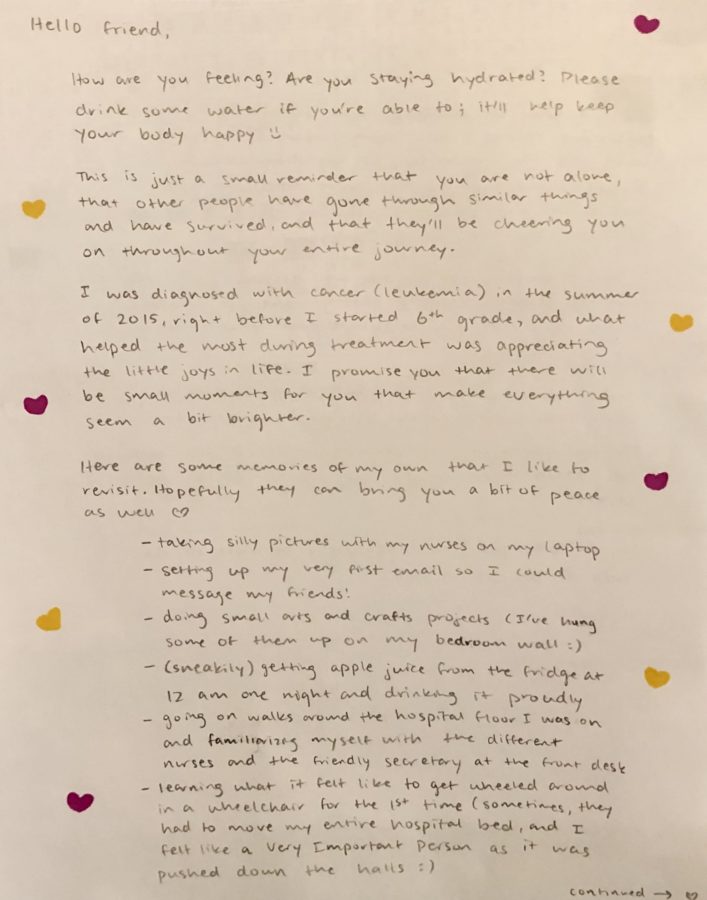By Kate Phillips, Staff Reporter
It’s lunchtime. Swarms of high schoolers head into the cafeteria and sit down with their friends, laughing and enjoying a break from class. Multiple jokes and stories later, as students finish and throw away their lunches, the trash cans fill up with styrofoam.
The Greening ’Stoga Task Force is taking a step to empty those trash cans. The club is advocating the elimination of styrofoam from the cafeteria this year, which they hope will make the school greener.
The idea of eliminating styrofoam has only recently gained popularity, but there is one major concern regarding the elimination of styrofoam in school cafeterias: money. Styrofoam is currently the most cost-efficient material; one sheet of styrofoam costs less than 2 cents.
According to Yunge Xiao, president of Greening ‘Stoga Task Force, compared to styrofoam, reusable containers and eco-friendly materials are not mass produced so they are not as popular or as cheap.
Conestoga teacher Kevin Strogen, the club’s sponsor, is optimistic about the possibility of change from styrofoam to eco-friendly materials but recognizes the challenges.
“Financially, it has to be cost-effective. Performance-wise, it has to meet the goals that we need it to meet. And ideally, it has to be something that’s good for the environment too. It’s tough to get a win-win,” Strogen said.
Along with speaking at school board meetings, the club also shared their concerns with Dave Preston, the head of Food and Nutrition for the Tredyffrin-Easttown School District. During their meeting with Preston, the club learned that students are allowed to bring their own containers from home and use them in the cafeteria serving area. The club is now distributing samples of reusable containers of paper and fiberboard in order to gauge student interest in making the switch.
Strogen made an analogy comparing the idea of reusable cafeteria products to another reusable material that has become relatively popular.
“It’s kind of similar to reusable shopping bags. It’s a great idea if people use them a lot and avoid using paper or plastic bags, but if you buy it and only use it a couple times, or if you lose it and have to buy another one, that’s not great for the environment either,” Strogen said.
Lunch prices will not change depending on student-supplied reusable containers: Preston explained that under the National School Lunch (NSLP) and National School Breakfast (NSBP) programs, the lunch container itself cannot affect the lunch price. However, lunch prices could change depending on cafeteria-supplied eco-friendly material.
“The increased cost (of the material) may result in price increases, but not any more than necessary. This will be evaluated throughout the year,” Preston said.
The club believes that eliminating styrofoam would make a positive environmental impact. Although the Task Force hopes to bring awareness into the community, Xiao stresses that the biggest thing students can do is bring reusable containers into the cafeteria.
Although the group acknowledges that the process of adapting a permanent eco-friendly and cost-efficient material will be hard, the Greening ’Stoga Task Force believes it isn’t impossible. Xiao said that she is passionate about making a change and refuses to believe that money can stop her.
“In the end, money is so small compared to the effect that we put back into the environment,” Xiao said.

























































































